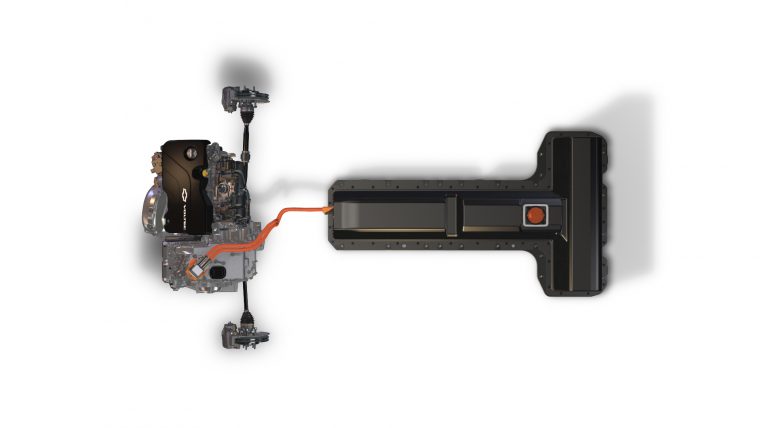New Battery Tech Could Cause Big Capacity Increases in Next Few Years, Rather Than Decades
When writing about electric vehicles, I get to hear about this or that new battery technology that is certain to revolutionize battery vehicles a lot. These all have a few similarities: they promise radical improvement, a brighter future, and that it will be coming…eventually. In the next couple decades, certainly.
What I don’t hear as often are about improvements that are being made to the current battery technology, which might come out in the next few years. Possibly this is because most improvements are incremental, and small improvements don’t make for exciting headlines.
That’s Interesting: Here’s what you get when you buy a CPO Chevrolet
Now, though, there seems to be a battery improvement that would be production-ready in the next two to four years and lead to double-digit storage capacity increases.
So, what is this miraculous new breakthrough?
Silicon; the same material that has led to huge computer breakthroughs and makes up a good quarter of the Earth’s crust.
Specifically, the silicon would go into the anodes of the battery—this is the part that discharges lithium ions that cross the electrolyte liquid to the cathode, and then reabsorbs the ions when the battery is charged. Currently lithium-ion batteries do this with graphite, but the silicon can absorb more lithium ions—in plainer words, the batteries can hold more charge.
Bigger Battery Charge, You Say? Meet the Chevy Bolt EV, the long-range electric crossover
It doesn’t hurt that this would make batteries cheaper, because as I noted at the end of last month, natural graphite is rare, and artificial graphite is polluting when produced.
These new battery designs—generally called lithium-silicon batteries—are being developed by several startup companies, and are being tested in vehicles around the world. We can probably expect to see them in high-end electronics first, but then it is off to the roads with more energy-dense, cheaper batteries.
News Sources: Green Car Reports, The Wall Street Journal (subscription required)

The News Wheel is a digital auto magazine providing readers with a fresh perspective on the latest car news. We’re located in the heart of America (Dayton, Ohio) and our goal is to deliver an entertaining and informative perspective on what’s trending in the automotive world. See more articles from The News Wheel.


